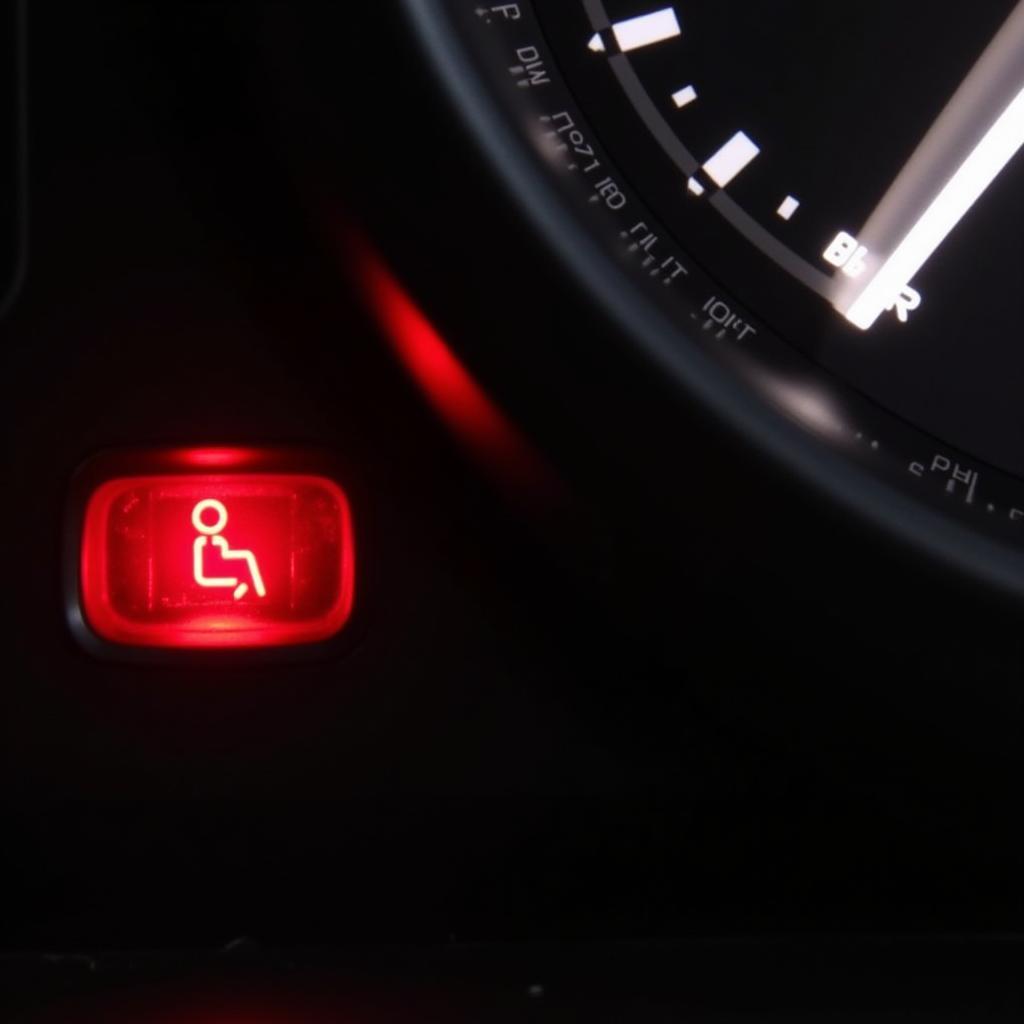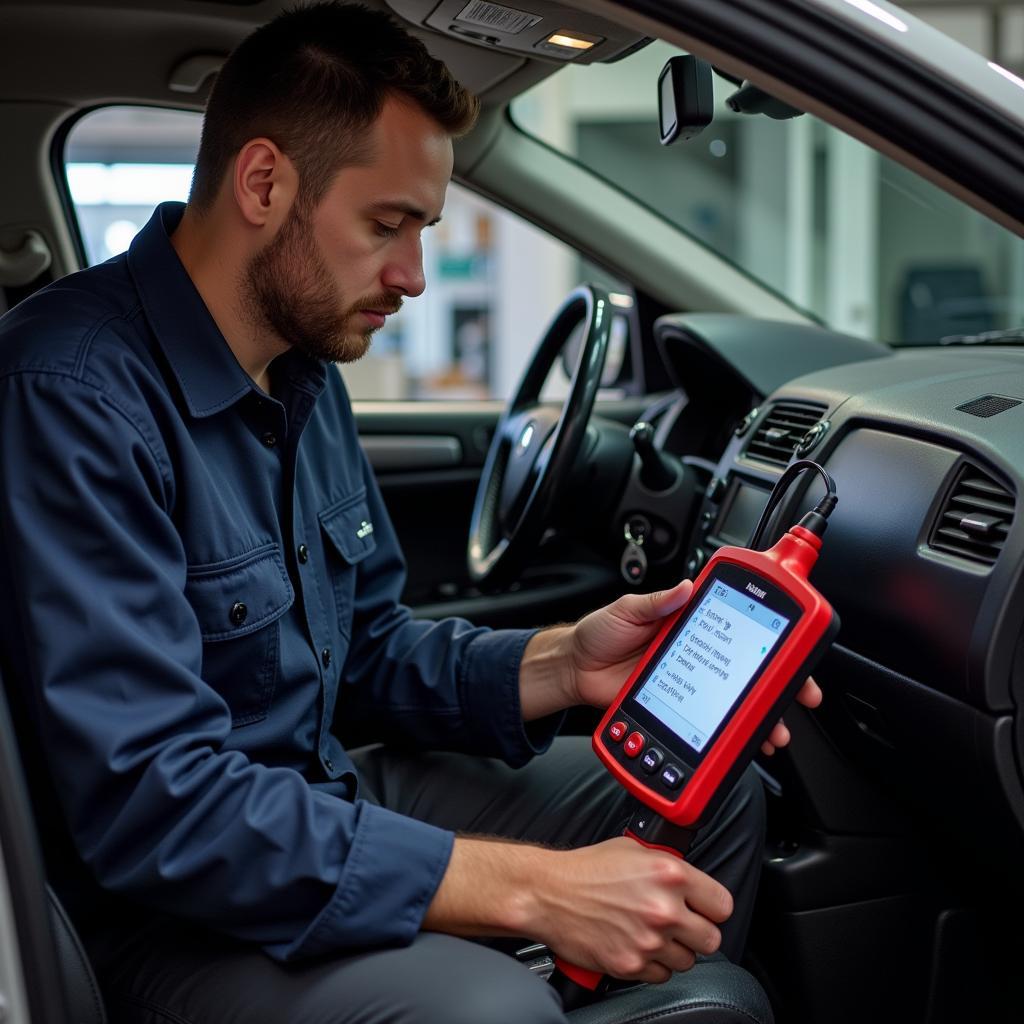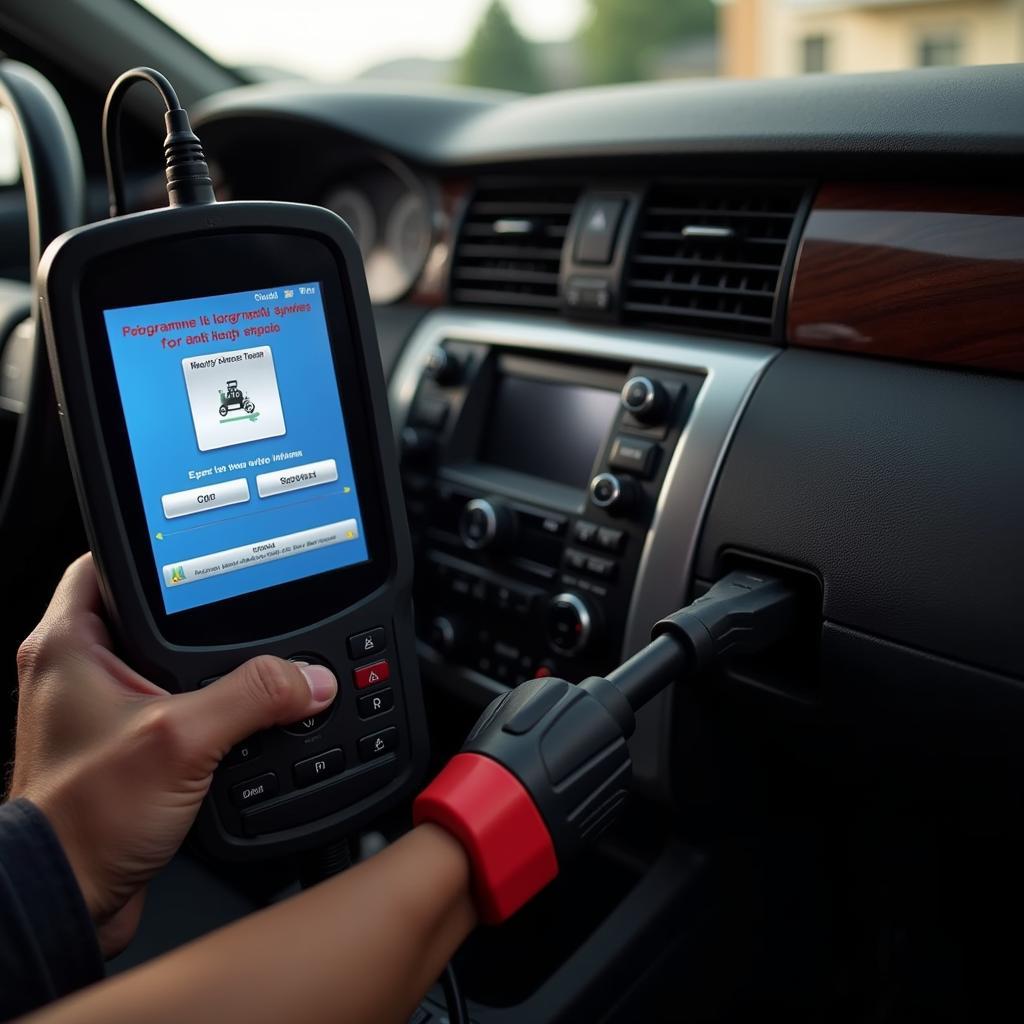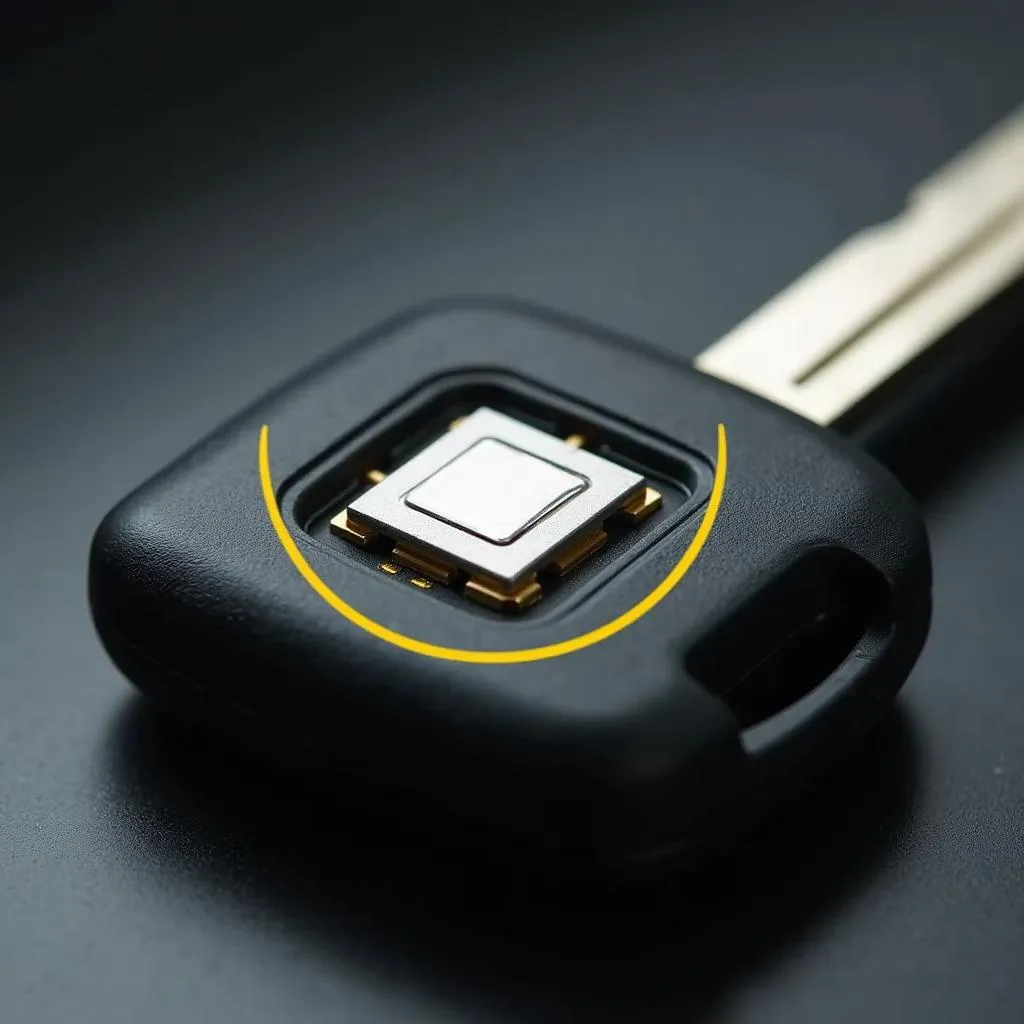Seat warning lights are an essential part of your vehicle’s safety system, designed to alert you to potential issues that could compromise your safety and that of your passengers. While these lights can sometimes be triggered by minor glitches, they often indicate a serious problem that requires immediate attention.
This comprehensive guide will delve into the common types of seat warning lights, their meanings, and potential causes. We’ll also provide you with practical steps to troubleshoot these issues and ensure a safe and comfortable driving experience.
Deciphering the Different Types of Seat Warning Lights
Modern vehicles come equipped with a variety of seat warning lights, each associated with a specific safety system. Understanding what each light represents can help you take appropriate action:
- Seat Belt Warning Light: This is the most common seat warning light, illuminating as a reminder to fasten your seat belt. It usually features an image of a person seated with a belt across their chest.
- Airbag Warning Light: This light typically depicts a seated figure with a deployed airbag. It indicates a potential issue with the airbag system, which could prevent it from deploying correctly during a collision.
- Occupant Detection System Warning Light: Found in vehicles with weight sensors in the passenger seat, this light warns of a potential malfunction in the system designed to detect the presence of a passenger and adjust airbag deployment accordingly.
- Seat Position Warning Light: This light, often accompanied by an image of a seat, might illuminate if your seat is not in a safe or recommended position for driving.
- ISOFIX Warning Light: In vehicles equipped with the ISOFIX child seat anchoring system, this light indicates a problem with the installation or connection of a child seat.
 Car Dashboard with Illuminated Seat Warning Light
Car Dashboard with Illuminated Seat Warning Light
Common Causes of Seat Warning Lights
Understanding the potential causes behind these warning lights is crucial for effective troubleshooting:
- Faulty Seat Belt Buckle/Sensor: A damaged seat belt buckle or a malfunctioning sensor can trigger the seat belt warning light even when the belt is fastened.
- Wiring Issues: Loose connections, damaged wiring, or corrosion within the seat belt or airbag systems can disrupt their functionality and activate warning lights.
- Seat Occupancy Sensor Malfunction: The sensor in the passenger seat that detects weight can malfunction due to wear and tear, spilled liquids, or electrical issues, leading to a false warning.
- Software Glitches: Like any computer-controlled system, the airbag and seat belt systems can experience software glitches that trigger warning lights.
- Aftermarket Modifications: Modifying your car’s electrical system or seats without proper knowledge can interfere with the safety systems and lead to warning lights.
Troubleshooting Seat Warning Lights: A Step-by-Step Guide
While it’s always advisable to consult a qualified mechanic for persistent warning lights, here are some troubleshooting steps you can take:
- Check Seat Belt Connections: Ensure all seat belts are properly fastened. Sometimes a simple readjustment of the buckle can resolve the issue.
- Inspect Wiring and Connections: Visually examine the wiring harnesses under the seats for any signs of damage, loose connections, or corrosion. If you’re comfortable doing so, you can try reconnecting loose wires.
- Reset the Warning Light: In some cases, disconnecting the battery for a few minutes can reset the warning light. However, this is not a guaranteed fix and should be approached with caution.
- Consult a Professional Mechanic: If the warning light persists despite your attempts, it’s essential to consult a professional mechanic specializing in automotive electrical systems. They have the expertise and diagnostic tools to pinpoint and address the root cause.
 Mechanic Inspecting a Car Seat Sensor with a Diagnostic Tool
Mechanic Inspecting a Car Seat Sensor with a Diagnostic Tool
Seat Warning Lights and Remote Diagnostics
In today’s digitally connected world, remote diagnostics and software solutions are transforming how we address car problems. Advanced diagnostic tools can now interface with your car’s computer system remotely, retrieving valuable data and fault codes related to seat warning lights. This allows skilled technicians to analyze the issue, often identifying the root cause without requiring a physical inspection.
seat warning lights triangle can sometimes be indicative of a complex issue requiring professional expertise. These advanced diagnostic techniques offer a convenient and efficient way to address these issues, potentially saving you time and unnecessary trips to the mechanic.
Expert Insight
We spoke to John Miller, a seasoned automotive electrician with over 20 years of experience, about the increasing prevalence of software-related issues triggering seat warning lights. “Modern cars are heavily reliant on software, and a minor glitch can disrupt the entire system,” says Miller. “It’s crucial to have these systems checked by qualified technicians with access to the latest diagnostic tools.”
The Importance of Addressing Seat Warning Lights
Ignoring seat warning lights and what they mean can have serious consequences, compromising your safety and that of your passengers. A malfunctioning airbag or a faulty seat belt system can significantly increase the risk of injury during a collision.
Furthermore, driving with illuminated warning lights can lead to expensive repairs in the long run. Addressing these issues promptly can prevent further damage to your car’s electrical system and ensure the optimal performance of its safety features.
Conclusion
Seat warning lights are critical safety indicators in your vehicle. Understanding their meanings and taking prompt action can mean the difference between a safe journey and a potential hazard. While some issues might be simple to resolve, seeking professional help for persistent warning lights is crucial. With the advancements in remote diagnostics, addressing these problems is becoming more convenient and efficient. Remember, prioritizing the proper functioning of your vehicle’s safety systems is an investment in your well-being and peace of mind on the road.


